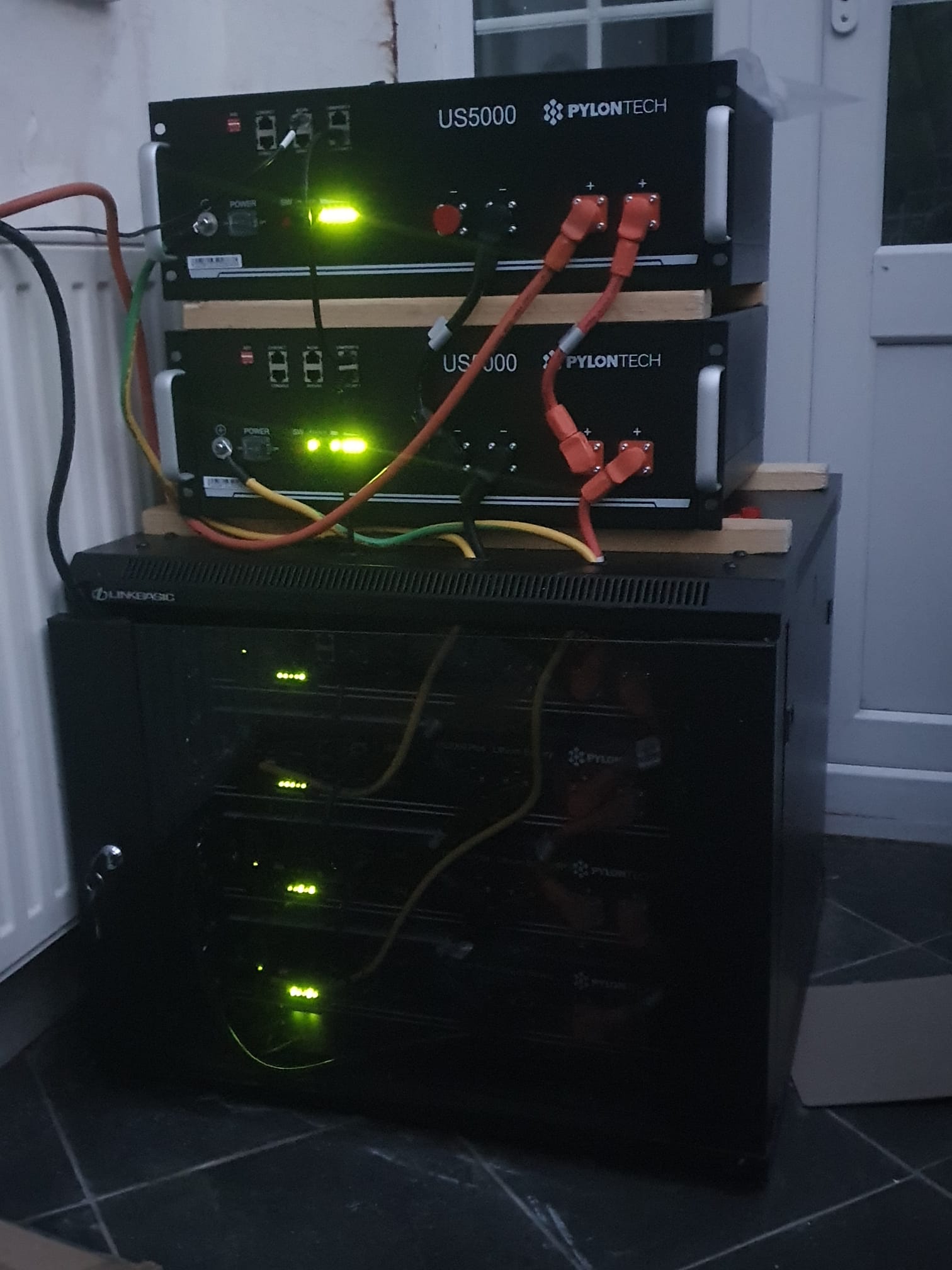Living off-grid, is not something people do unless their circumstances dictate that – eg living out of range of electricity infrastructure or living in a mobile set-up of some kind, whether it be a boat, vehicle or mobile shelter. Most off-grid users expect to pay more for their electricity/heating, have less of it and are often required to be much more frugal in using it.
What happens however, when your house is plunged into darkness on a cold winter’s evening? This is a more frequent occurrence, as electricity companies spend less on maintaining their networks and do not upgrade their systems fast enough, in response to population growth or in response to new builds in the housing sector.
- First, you have no light, so you need to set up temporary lighting. Locate some torches/flashlights. Hope the batteries are charged, or rely on expensive single-use alkaline cells.
- Next, you’ll notice your house becoming colder – Not only have your electric heating systems failed (storage radiators, electric underfloor heating, electric stove etc), but your pellet stoves, heatpumps and gas boilers will not work either, as they require electricity to heat.
- Most modern landline phones use electricity from the mains to operate, so unless you have an old-fashioned phone, you’re likely to be out of luck. You can use your mobile phone, but the battery life on modern phones is relatively limited – 1-2days, and that;s assuming that the cell-tower has got backup power (and for how long is that likely to last.
- Internet services are also reliant on domestic electricity to run the router and any repeaters or access points. Without these, there is no internet. Even if you can get over these problems, the local telephone exchange may only have backup power for a few days.
We rely very heavily on our utilities being extremely reliable, and it’s only really the people who live at the end of the grid – out in middle-of-nowhere – that experience the long power cuts that last a few days or weeks. But this could all change in an instant if catastrophic events occur.
So what do you do?
- Make sure you have rechargeable flashlights or torches to give you at least a few hours of light so you can dig out supplies and figure out what to do
- Store long-duration candles, that will burn for several hours (eg some tealight candles will burn for 8-10hours, and a couple of dozen of those would ensure you have light every evening for a month or more.
- Fit a woodstove. These add a cosy, homely feel to your houses, and provide you with a heat source which relies on low-tech fuel that you can buy or source for yourself – either from woodland, local trees, joinery waste or from waste such as old pallets – not particularly glamorous, but better than living in the cold. Even if you do not have a chimney, with the exception of flats, most houses are able to accommodate a flue pipe by fitting a metal chimney stack to the outside of the property.
- Consider a sawdust-burning stove. Sawdust will not burn effectively on a woodstove, so it is often available free-of-charge. Sawdust stoves can burn sawdust cleanly and easily, converting it into copious amounts of free or very low cost heat.
- Buy a simple landline telephone that operates entirely from the telecom plug in your house and does not need a power supply.
- Consider getting solar-powered phone chargers, and get a power supply that allows you to run internet products such as routers from a battery
- If you can afford to do so, but a home battery system, preferably with solar panels. Home battery systems are normally lithium batteries, which are highly efficient. The initial cost is quite high, and the technology shuts-down when the grid fails for safety and legislative reasons. However, most battery systems have an ‘Emergency Power’ output – which provides power to a dedicated electrical circuit or to a dedicated power outlet when the grid has failed. Personally, I favour this over an elaborate change-over system, as you will need to conserve power during an extended power-outage, and having to plug in appliances into the single electrical circuit that is operating, is a good reminder only to power essential items. A new feature incorporated into the latest generation of home battery inverters is the ability to connect a generator. This is a really useful feature in an extended power cut – having a generator and a quantity of fuel stored, allows you to be self-sufficient for a period of weeks if necessary.
It may cost a significant amount of money to protect yourself from the effects of long power cuts, however, in freezing weather this can be potentially the difference between life and death, especially during extreme weather. Even in less catastrophic conditions, it can provide a more comfortable lifestyle during the period that power is interrupted.
